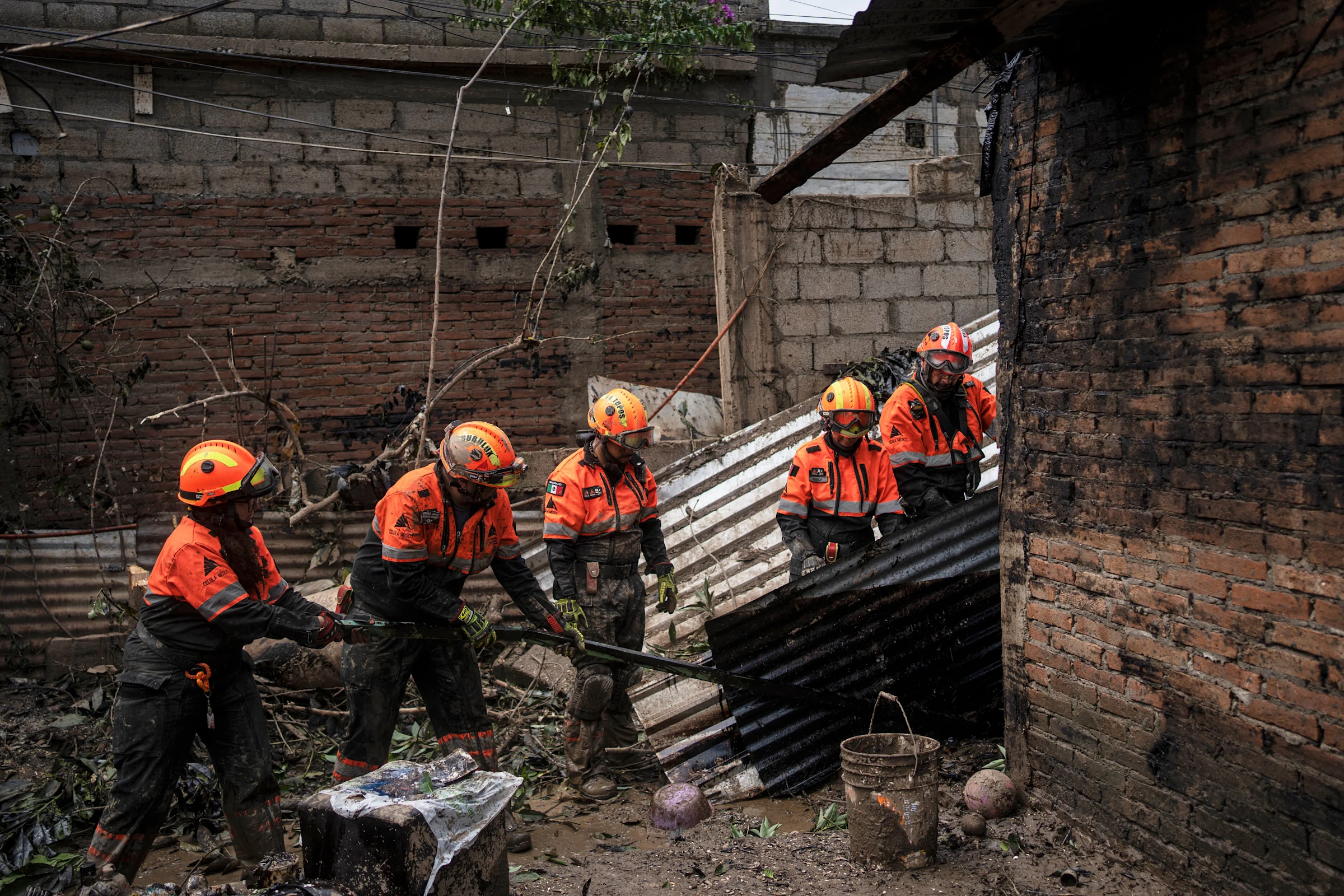International
Separate negotiators and last-minute details, this is how the ceasefire in Gaza was negotiated

After eight months of negotiations mediated by the United States, Qatar and Egypt, discussions to reach a ceasefire agreement between Hamas and Israel in Gaza continued until a few hours before the announcement, with intermediaries walking through corridors and resolving the last fringes of a crucial truce for the hostages captured in the Strip and for the Palestinian civilian population, affected by an unprecedented humanitarian crisis.
Senior US officials revealed on Wednesday details of negotiations that had not been resolved for months due to suspicions and positions that were difficult to reconcile between Israel and representatives of the Palestinian group in Hamas.
“The fact that we have such a detailed agreement is that, for example, we were working last night until three in the morning, solving every last detail, leaving little to improvisation and making sure that expectations were very clear for both parties,” said in a call to the press one of the officials of the Joe Biden Administration present in these months of intense talks in Doha (Qatar).
According to officials present in the last great diplomatic achievement of the only presidential mandate of an outgoing Biden, these weeks work was done on what they define as “proximity conversations,” with representatives of Israel and Hamas, declared mortal enemies, dialoguing through Qatari and Egyptian intermediaries who acted as messengers between rooms on different floors of the same building.
Another element that has led one of the participants to define this ceasefire agreement in Gaza as “unprecedented” and “with much at stake for everyone”, is the “historic” collaboration between Biden’s teams and President-elect Donald Trump, whose impetus and pressure on Israeli Prime Minister Benjamin Nentanyahu, without forcing a total change in the initial White House plan, was key.
Trump’s envoy in the Middle East, Steve Witkoff, worked side by side in recent days with CIA director Bill Burns, or Brett McGurk, Biden’s envoy for Middle East issues, while the team of Qatar’s Foreign Minister, Mohamed bin Abderrahmán, approached positions just five days after the change of tenant at the White House.
“They exchanged roles. While McGurk was negotiating in Doha, we thought that Steve could have a conversation with Prime Minister Netanyahu and he went to do it himself in person (this weekend),” said the senior Washington official.
The Qatari foreign minister finally announced this afternoon, Washington time, the agreement from Doha, something that according to US sources was not entirely clear until “after noon.”
That transition between Biden and Trump, which will take place on January 20, created, according to the mediators, a deadline that has served to force the parties to give in in positions that were entrenceded in the summer and that lived a before and after with the death at the hands of Israeli soldiers and unexpectedly of the leader of Hamas, Yahya al Sinwar.
The agreement, which consists of three phases, will reach its central part with the exchange of a number of Palestinian prisoners for each Hamas hostage released and delivered to the Israelis, while establishing the conditions for a permanent ceasefire, after 1,200 dead in the attack of October 7, 2023 of the Islamist militia in Israel and more than 46,000 dead in Gaza, according to health sources in the Strip.
Biden had a marathon of calls last week with the leaders of Egypt, Qatar and Israel. “Qatar and Egypt have had their teams working hard for months. In the end, we have come to know each other very well,” said an American mediator.
According to the same source, the death of Sinwar and the leader of Hezbulah, Hassan Nasralá, at the end of September – something to which Washington attributes to Israel’s indisputable military power in the region – were key to getting Hamas to accept the terms of the agreement that must now be implemented for six weeks in a first phase that must address the ceasefire, withdrawal of troops from Gaza and release of hostages and prisoners.
International
Armed forces target illegal mines in Northern Ecuador with bombing raids
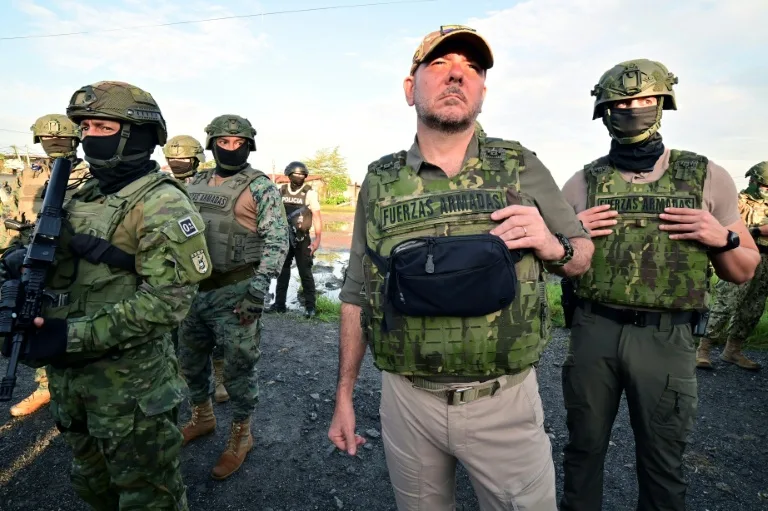
Ecuador’s Armed Forces carried out an operation on Monday — including airstrikes — against illegal mining in the town of Buenos Aires, in the country’s north, Defense Minister Gian Carlo Loffredo reported.
The mountainous, gold-rich area has been a hotspot for illegal mining since 2017, located in the Andean province of Imbabura.
In 2019, former president Lenín Moreno deployed around 2,400 soldiers to the region in an attempt to curb the illegal activity. “The operation began with mortar fire, followed by gunfire and bombing runs by Supertucano aircraft,” Loffredo said in a video released by the Defense Ministry.
He added that the operation would continue on Tuesday with patrols across the area to locate possible members of “irregular armed groups that may have crossed from the Colombian border.”
The Armed Forces stated on X that the intervention focused on the “complete elimination of multiple illegal mining tunnels” in the areas known as Mina Nueva and Mina Vieja.
The operation coincided with the deployment of a military and police convoy into Imbabura, which has been the epicenter of protests against President Daniel Noboa since September 22, following his decision to scrap the diesel subsidy.
International
Caracas shuts embassy in Oslo without explanation following Machado’s Nobel win

Venezuela has announced the closure of its embassy in Norway, just days after opposition leader María Corina Machado was awarded the Nobel Peace Prize. The Norwegian Ministry of Foreign Affairs said the Venezuelan diplomatic mission provided no explanation for its decision on Monday.
“It is regrettable,” a ministry spokesperson said. “Despite our differences on several issues, Norway wishes to keep the dialogue with Venezuela open and will continue to work in that direction.” The ministry also emphasized that the Nobel Committee operates entirely independently from the Norwegian government.
In its announcement, the Nobel Committee stated that Machado met the criteria established by Alfred Nobel, “embodying the hope for a different future, where the fundamental rights of Venezuelans are heard.”
International
Sheinbaum: Urgent to restore access to towns cut off by heavy rains
-
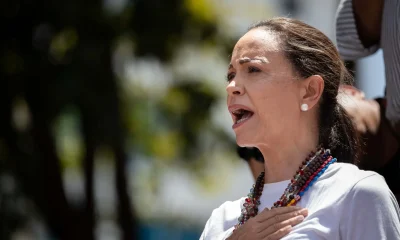
 International5 days ago
International5 days agoMaría Corina Machado calls 2025 Nobel Peace prize a victory for venezuelan people
-
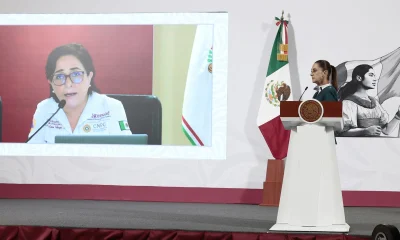
 International2 days ago
International2 days agoMexico reports 64 dead, 65 missing after devastating central region floods
-

 Central America2 days ago
Central America2 days agoGuatemala arrests first escaped gang member after Barrio 18 prison break
-
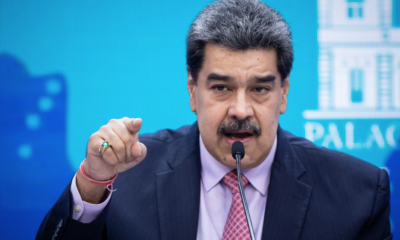
 International2 days ago
International2 days agoVenezuela calls for continued global pressure to secure ‘just peace’ for Palestine
-

 International2 days ago
International2 days agoPope Leo XIV to skip COP30 in Brazil but plans future visit, Lula confirms
-
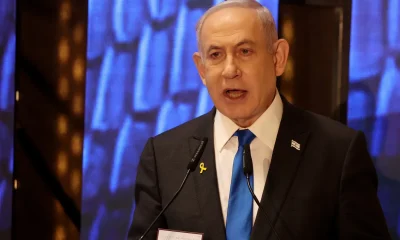
 International5 days ago
International5 days agoNetanyahu says Trump deserved 2025 Nobel Peace prize
-
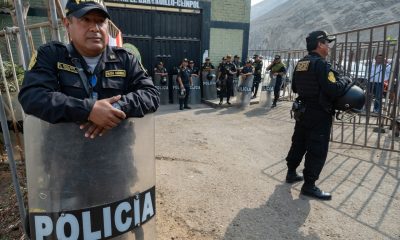
 International4 days ago
International4 days agoPeruvian president Jerí leads prison raids to tackle organized crime
-
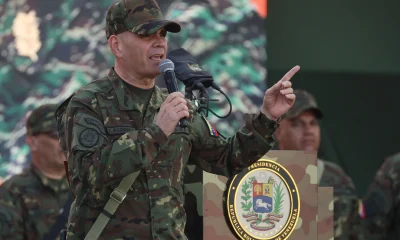
 International4 days ago
International4 days agoVenezuela launches ‘Independence 200’ defense plan amid U.S. naval presence
-
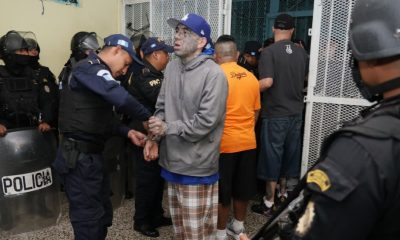
 Central America3 days ago
Central America3 days agoFraijanes II prison in Guatemala reports gradual escape of 18th Street gang inmates
-
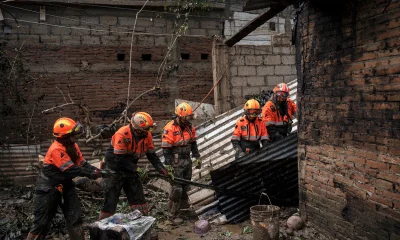
 International22 hours ago
International22 hours agoSheinbaum: Urgent to restore access to towns cut off by heavy rains
-
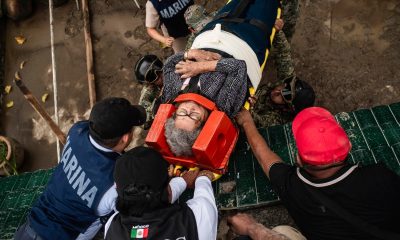
 International3 days ago
International3 days agoHeavy rains leave dozens dead in Hidalgo, Puebla, and Veracruz
-
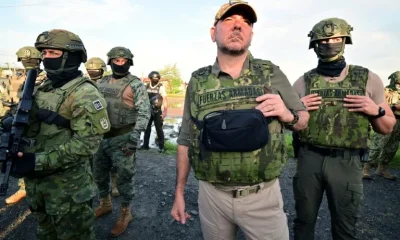
 International22 hours ago
International22 hours agoArmed forces target illegal mines in Northern Ecuador with bombing raids
-
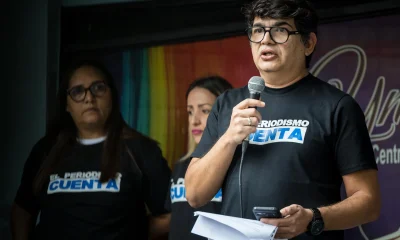
 International22 hours ago
International22 hours agoVenezuelan media faces fresh restrictions after reporting on opposition leader’s Nobel win
-

 International22 hours ago
International22 hours agoCaracas shuts embassy in Oslo without explanation following Machado’s Nobel win

























